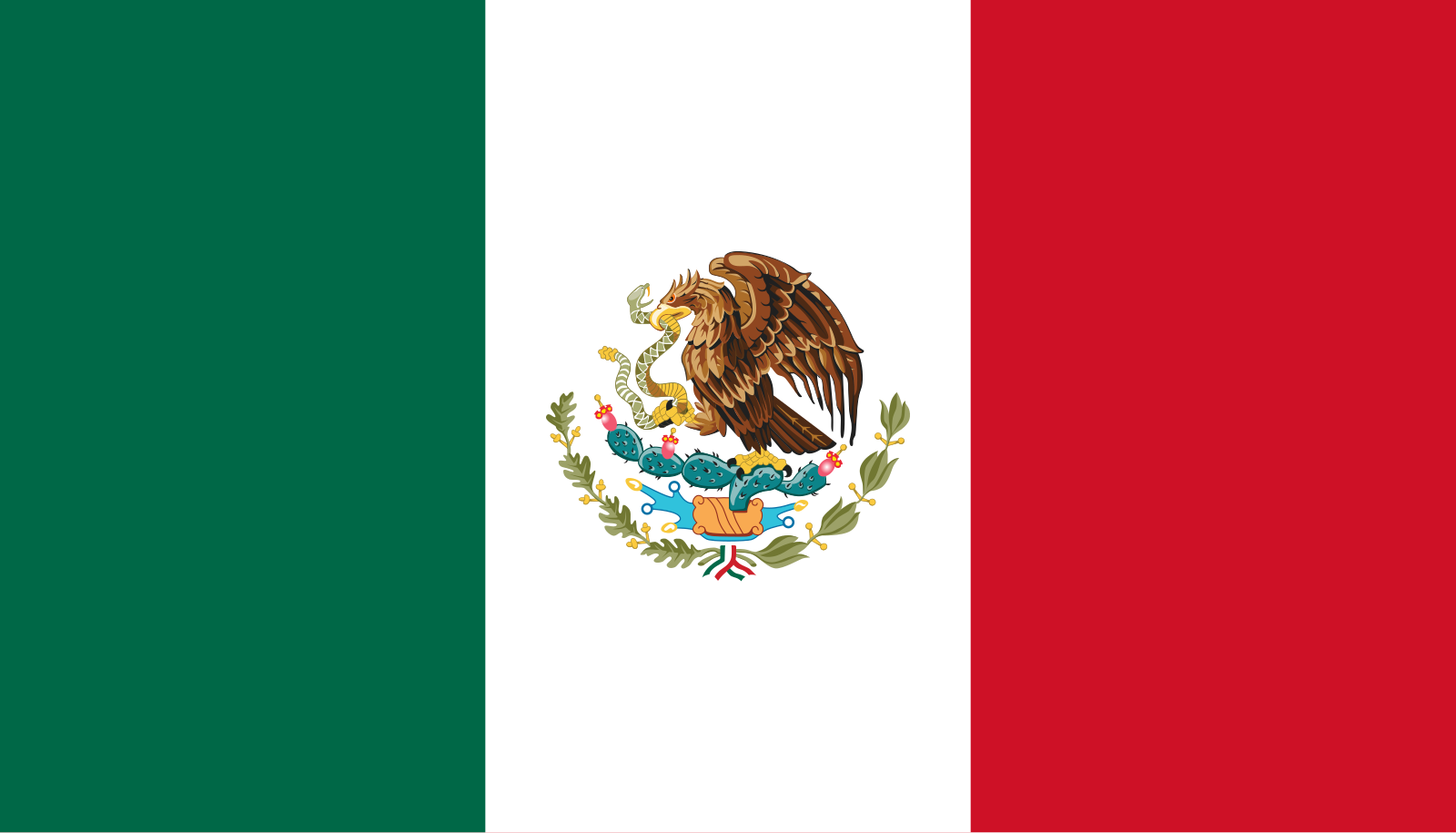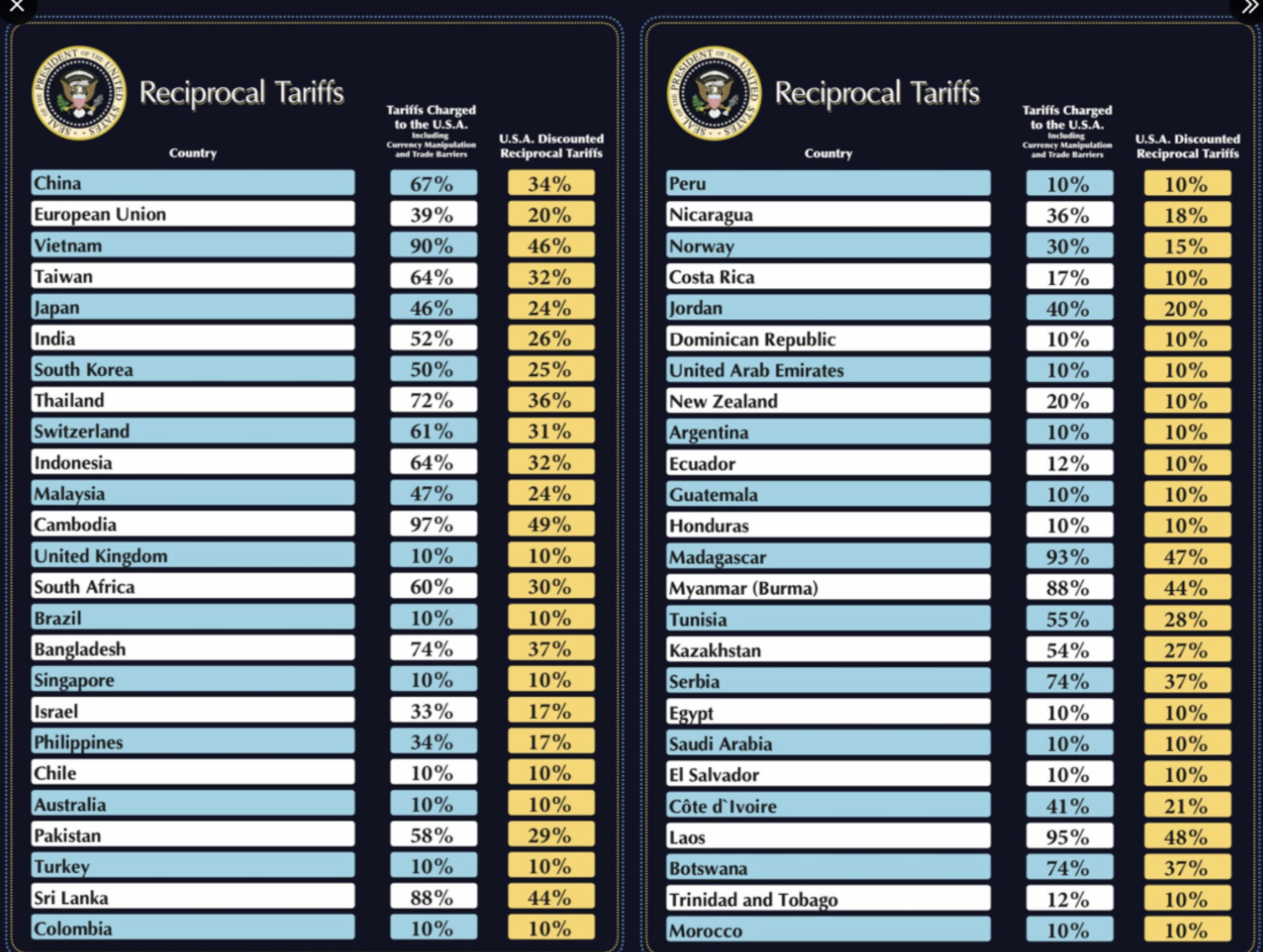Trade Cases

Canada USW Calls for 'Buy Canadian' After U.S. Kills KXL
Written by Michael Cowden
January 28, 2021
The Biden administration’s cancellation of the Keystone XL pipeline has prompted the United Steelworkers union in Canada to prod Ottawa to implement “Buy Canadian” policies in a bid to stem job losses.
“Layoffs and plant closures seem to be the only orders on the books for many Canadian steel plants,” said USW Western Canada Director Stephen Hunt.
“This comes at a time when you have major government infrastructure projects utilizing offshore pipe and rebar instead of using steel manufactured here at home,” he said.![]()
The USW accuses the Canadian government of not giving priority to Canada-made steel in several mega-projects. They include a liquified natural gas plant in Kitimat, B.C.; the replacement of the Pattullo Bridge, also in British Columbia; and replacement lines for a project overseen by SaskEnergy and TC Energy.
TC Energy, previously known as TransCanada, is the company behind the Keystone XL pipeline. President Biden revoked the permit for the pipeline, which was to transmit oil from Canada’s tar sands to refineries on the Gulf of Mexico, on environmental grounds.
“I call on the Prime Minister and Premiers across the country to ‘Stand Up for Steel’ by implementing procurement policies to ‘Buy Canadian’ for all major infrastructure projects,” Hunt said. “We must do more to protect our manufacturing industries in Canada as we cannot afford more job losses.”
Hunt’s call echoes pronouncements made in the United States by the USW, domestic steelmakers and the Biden administration concerning “Buy American” laws. Those rules, first passed in the wake of the Great Depression, stipulate that U.S.-made products be given preference in government-funded infrastructure work.
The USW represents more than 11,000 workers in the Canadian steel industry.
By Michael Cowden, Michael@SteelMarketUpdate.com

Michael Cowden
Read more from Michael CowdenLatest in Trade Cases

Price on Trade: IEEPA tariffs head to the Supreme Court, DOJ ramps up trade enforcement
International trade law and policy remain a hot topic in Washington and beyond this week. We are paying special attention to the ongoing litigation of the president’s tariff policies and the administration’s efforts to heighten trade enforcement.

Mexico considers stiff tariffs for steel, autos, and other imports
Mexico is considering imposing steep tariffs on imports of steel, automobiles, and over 1,400 other products. Its target? Countries with which it does not have free trade agreements, mainly China, India, Thailand, and other South Asian nations.

Leibowitz: With ‘reciprocal’ tariffs struck down again in court, what happens next?
President Trump’s “reciprocal” tariffs under the International Emergency Economic Policy Act (IEEPA) were struck down again, this time on Aug. 29 by the Court of Appeals for the Federal Circuit (CAFC). The legal and policy mess continues, with the next stop being the US Supreme Court.

Market unfazed by US circuit court’s IEEPA decision
Repealing any reciprocal tariffs placed by President Donald Trump on US imports of direct reduced iron (DRI), iron ore, hot-briquetted iron (HBI), and pig iron would have only a nominal impact on the US steel market, market participants said.

ITC votes to keep HR duties after sunset review
The US government determined this week that hot-rolled steel imports from a handful of countries continue to threaten the domestic steel industry.
